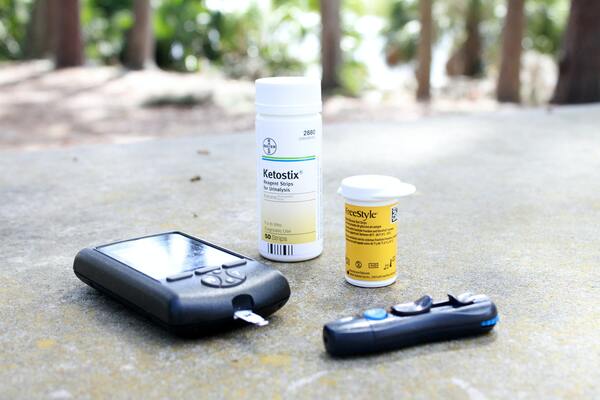Observing effects of resolving leaky gut on sugar, fat, and insulin levels during type 1 diabetes in fruit flies
(1) American Heritage School, Plantation, Florida
https://doi.org/10.59720/20-038
The goal of this project was to analyze one of the causes of type 1 diabetes (T1D), increased intestinal permeability. The microbiota imbalance caused by gut leakiness leads to an autoimmune cascade causing beta cell destruction; the focus of this project was restoring the integrity of the intestinal lining, thus reducing symptoms of T1D. As such, a hypothesis was formed that if solutions of sodium butyrate and casein are administered to Drosophila that display symptoms of T1D, then they will experience decreased symptoms including lower trehalose and triglyceride levels and higher Drosophila insulin-like peptides (DILP) levels over time. After attempting to resolve impaired intestinal barrier function, the changes caused by T1D, specifically trehalose, triglyceride, and Drosophila insulin-like peptide levels, were examined. After testing for intestinal permeability, wild type and T1D mutant flies were administered with diets of sodium butyrate and hydrolyzed casein, both of which strengthen intestinal tight junctions, along with a normal diet to act as a control group. Testing for symptoms of T1D was done over a period of 10 days for each group in order to measure the restoration of function and effectiveness of the treatment. The results indicated that intestinal permeability was resolved through the use of both chemicals and that symptoms of T1D generally decreased. Triglyceride and trehalose levels decreased, while DILP levels remained consistent, indicating the inhibition of beta cell destruction. Drosophila has been shown to work well as a model organism for T1D, so there is a strong reason to look into the effectiveness of applying the same treatment for T1D in mammals.
This article has been tagged with: